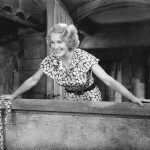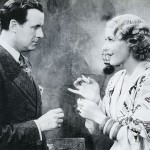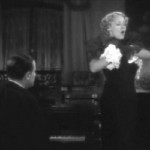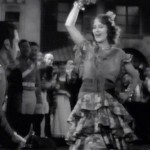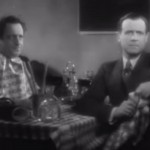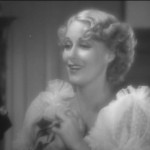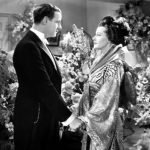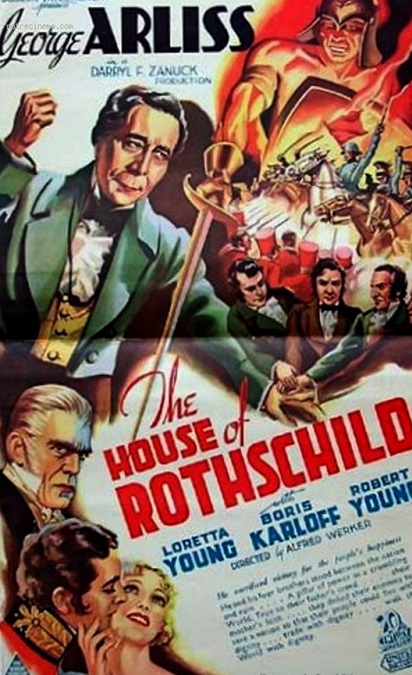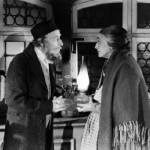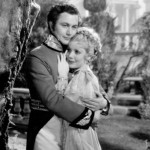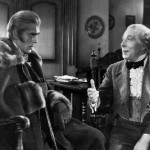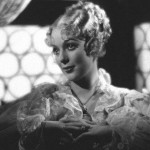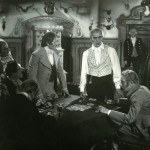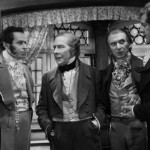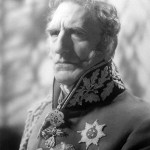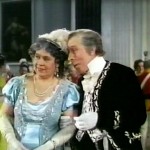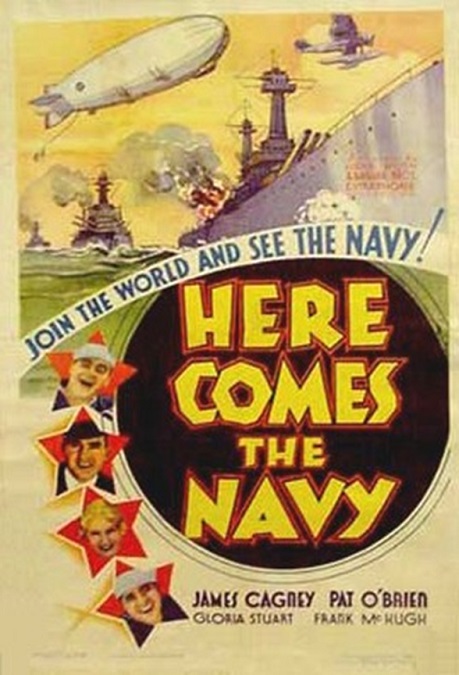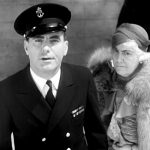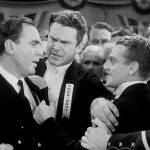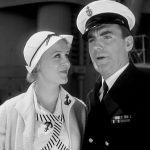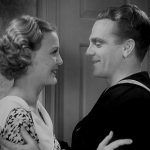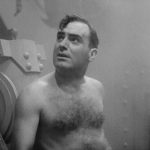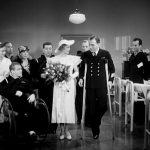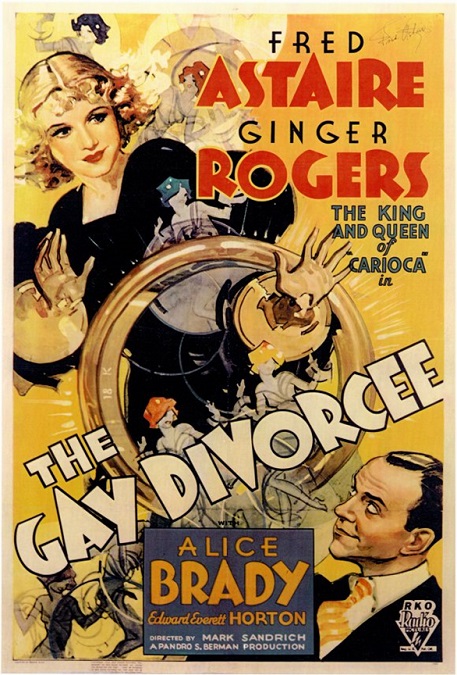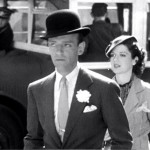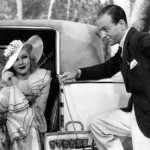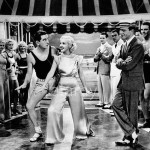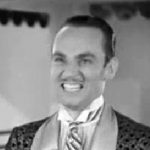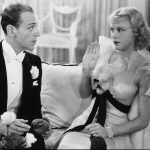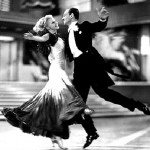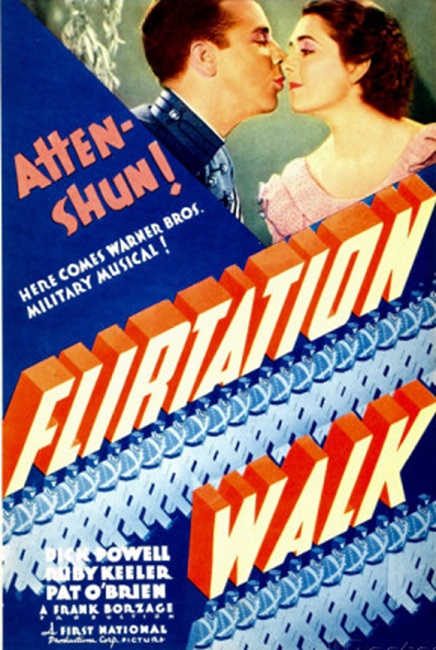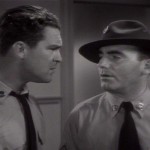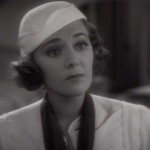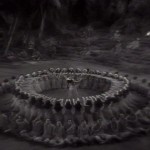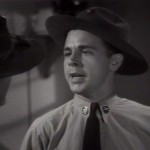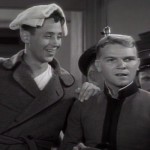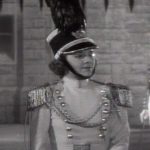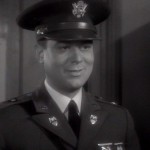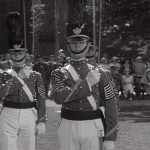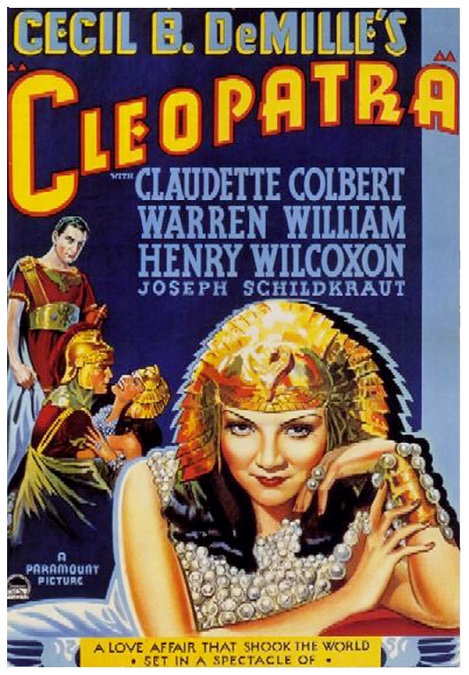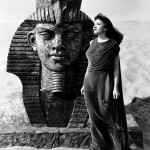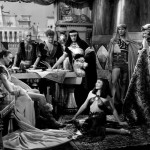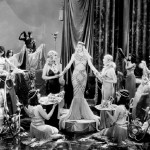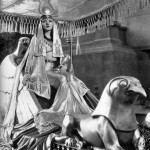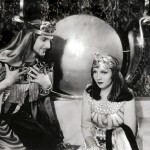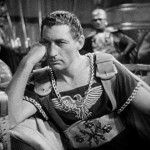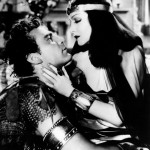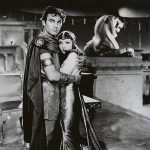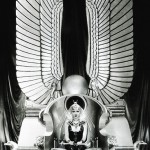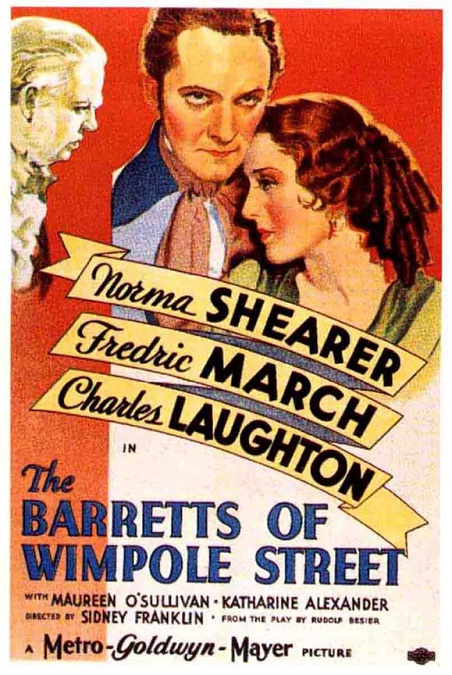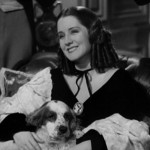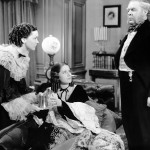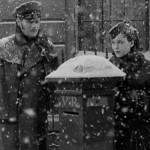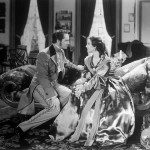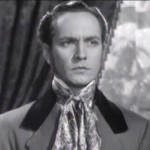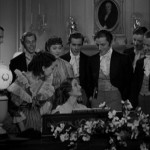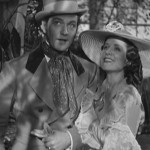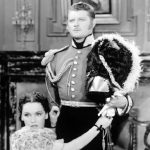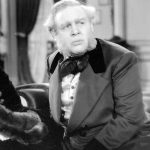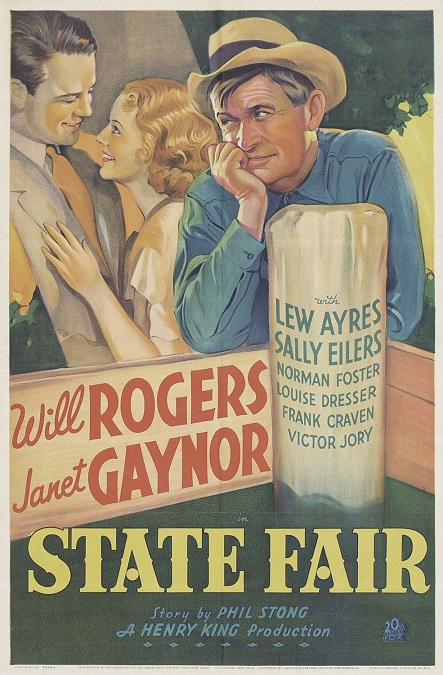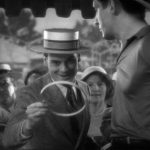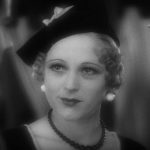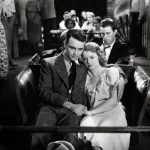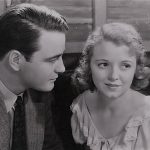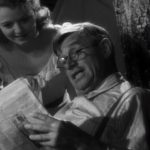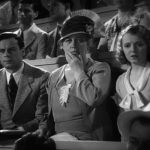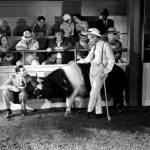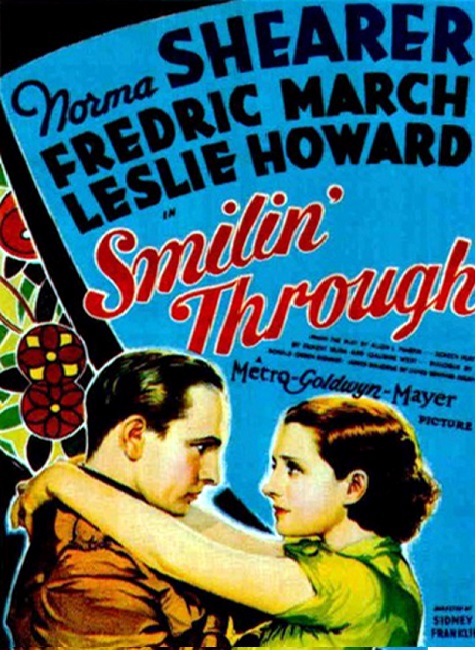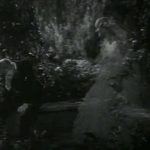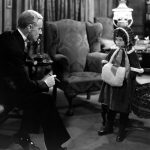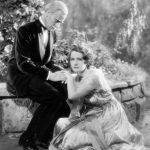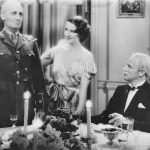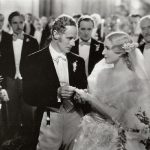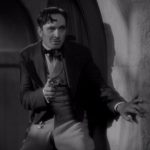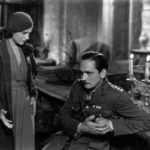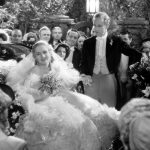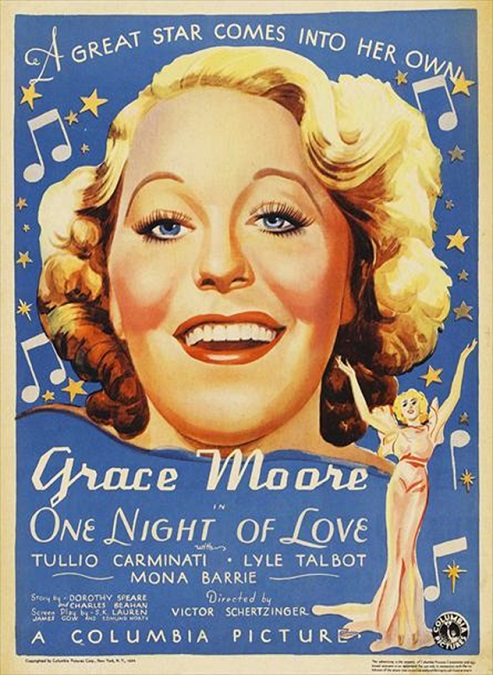
One Night of Love – 1934
This was a charming movie. It was a film about a girl with dreams of studying with the best voice teacher in Italy to become an opera super-star. It was certainly not a musical, though it had music as part of the plot. Back in the 1930s musical performances in films were immensely popular, but often times the music was rather unmemorable, especially for modern viewers like myself. More than that, songs just seemed to pop up without real reasons, other than that the director decided that it was time for another song.
But this film had several wonderful performances which showcased timeless classical arias from Lucia di Lammermoor, La Traviata, Carmen and Madam Butterfly. Playing the lead role of Mary Barrett was the real-life opera star, Grace Moore. Moore was a world-famous operatic soprano and musical theatre actress who had the nickname, the “Tennessee Nightingale.” The singing was always part of Barrett’s performances during her journey to become a great opera star.
And she was a truly talented singer, a fact to which I have to call special attention. As I am watching a lot of films from the era, I have found that many of the female singers who are featured in other musical films have very shrill voices. Maybe it was the popular style of the time, or maybe some actresses were hired for their looks and not their voices. Perhaps the sound recording technology of the time was not able to give an accurate account of treble voices. But Moore’s voice had a fullness and an ease about it that convinced me that her singing was no fakery. It was a genuinely good voice.
The character she portrayed was a young girl who dreamed of studying with the great vocal coach, Giulio Monteverdi, played by Tullio Carminati. Giulio’s problem was that he had a history of falling in love with his voice students. But after hearing Mary sing, he went out of his way to take her on as his pupil, on the condition that the subject of love never be approached. Everything was to be strictly work and study.
He trained her hard, driving her to the point of exhaustion and frustration. But in the end they both succeeded. She became the greatest opera star in Italy. But you can guess what happened next. Without realizing it, they had both fallen in love with each other.
Maybe it was a little predictable in that respect, but it was still delightful to watch. It was worth it just to see and hear Moore’s performances in Carmen and Madam Butterfly. I know very little about opera, but I know enough to spot a great performance when I see it.
I really liked Moore’s performance, but I also enjoyed Carmenati’s performance as well. His Italian accent was not an affectation and his style of acting was pretty realistic. He never seemed to be forced or nervous. I thought it was a rather honest portrayal.
Of course, there were other actors in the film, though Moore and Carmenati took the lion’s share of the screen time. Giulio’s vindictive ex-student and ex-love, Lally, was played by Mona Barrie. His pianist Giovanni, who turned out to be the film’s comic relief, was played by Luis Alberni. He had some pretty amusing moments. His housekeeper and Barrett’s assistant, Angelina, was played by Jessie Ralph. And finally, Bill Houston, the sweet young man in love with Mary Barrett, was played by Lyle Talbot.
They all did a fine job, but I still felt a little unenthusiastic about the whole movie. It was cute and charming but it was little more than fluff. It was neither too deep nor too serious. The plot was simple and easy to follow, though not terribly engaging. But that’s alright. Moore’s wonderful performances made up for it.
It is interesting to note that this was the first film to win the Academy Award for Best Music Score, as this was the first year in which the category existed. Moore was also nominated for Best Actress, though she did not win.
